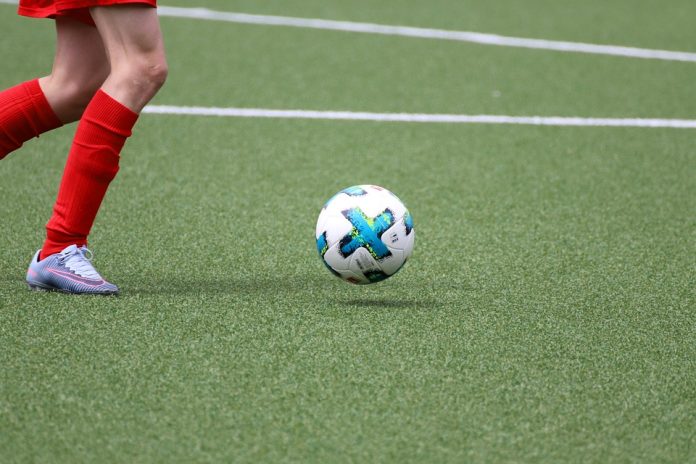Artificial intelligence (AI) and robotics are two very different fields that are often discussed together in the context of technological advancement. Many people use the terms interchangeably, but there are distinct differences between them. However, the relationship between artificial intelligence and robotics is undeniable. In this article, we will explore the ways in which AI and robotics intersect, and how they work together to shape the future of technology.
Understanding Artificial Intelligence
Let’s start by defining what exactly artificial intelligence is. At its core, AI is the simulation of human intelligence processes by machines, especially computer systems. These processes include learning, reasoning, problem-solving, and decision making. AI can be categorized as either narrow AI or general AI. Narrow AI, also known as weak AI, is designed for a specific task, such as playing chess or driving a car. General AI, on the other hand, is a hypothetical form of AI that possesses the ability to understand, learn, and apply its intelligence to any task that a human being can do.
Artificial intelligence is used in a wide variety of applications, from virtual assistants like Siri and Alexa to complex algorithms that power predictive analytics and decision-making processes in industries such as finance and healthcare. AI has the potential to revolutionize many aspects of our lives, from the way we work to the way we live.
Understanding Robotics
Now, let’s turn our attention to robotics. Robotics is the branch of technology that deals with the design, construction, operation, and use of robots. A robot is a machine that can carry out a complex series of actions automatically, especially one programmed to perform tasks traditionally done by humans. While robots are often associated with manufacturing and assembly lines, they are also being used in a variety of other industries, such as healthcare, agriculture, and even space exploration.
The Relationship Between AI and Robotics
The relationship between AI and robotics is one of symbiosis. AI provides the brains, while robotics provides the body. In other words, AI is the intelligence that powers the robot, and robotics is the physical form that houses the AI. This relationship allows robots to perform tasks and make decisions in ways that were once thought to be impossible.
One of the most significant advancements in the relationship between AI and robotics is the development of autonomous or self-driving vehicles. Companies like Tesla, Waymo, and Uber are all working on creating vehicles that can drive themselves using a combination of AI and robotics. These vehicles use AI algorithms to interpret data from sensors and cameras in real time, allowing them to navigate through traffic, avoid obstacles, and make split-second decisions to keep passengers safe.
Another area where AI and robotics intersect is in the field of healthcare. Robots equipped with AI are being used to assist in surgeries, deliver medications, and provide companionship to elderly patients. These robots are able to analyze data, recognize patterns, and make decisions based on their programming, allowing them to perform tasks that would be difficult or impossible for humans to do alone.
Real-life Examples
To better understand the relationship between AI and robotics, consider the popular Roomba vacuum cleaner. This household robot uses AI algorithms to map out a room, identify obstacles, and navigate around furniture to efficiently clean the space. The AI in the Roomba is constantly learning and adapting to its environment, making it a perfect example of how AI and robotics work together to perform a specific task.
Another example is the use of drones in agriculture. Farmers can use drones equipped with AI to survey their fields, monitor crop health, and even plant seeds. These drones use AI to analyze data and make decisions about where they should fly and what actions they should take. This combination of AI and robotics allows farmers to increase their productivity and make better informed decisions about their crops.
The Future of AI and Robotics
As AI and robotics continue to advance, their relationship will only become more intertwined. The development of general AI will open up even more possibilities for robots to learn and adapt to their environments, making them even more versatile and capable of performing complex tasks. This could lead to a world where robots are able to assist humans in a wide variety of tasks, from household chores to medical procedures.
However, with this advancement comes the need to consider the ethical implications of AI and robotics. As robots become more intelligent and autonomous, questions arise about their impact on the job market, privacy, and the potential for misuse. It will be crucial for policymakers and industry leaders to carefully consider the implications of AI and robotics as they continue to evolve.
In conclusion, the relationship between artificial intelligence and robotics is one of collaboration and innovation. AI provides the intelligence and decision-making capabilities, while robotics provides the physical form and ability to carry out tasks. Together, they have the potential to revolutionize many aspects of our lives, from the way we work to the way we live. As we continue to push the boundaries of technology, it will be important to consider the ethical and societal implications of these advancements, and how they will shape the future of our world.

